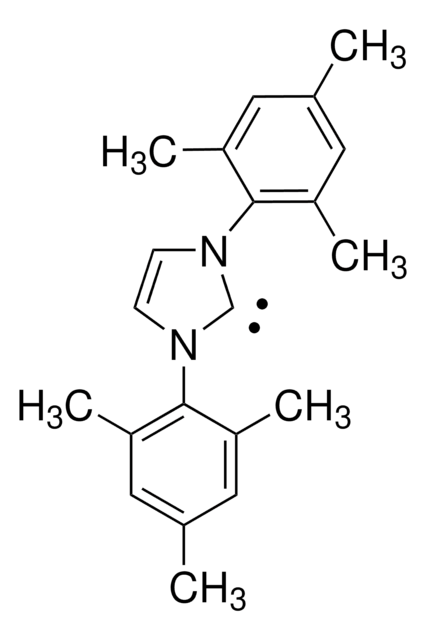Recommended Products
Related Categories
General description
QLAM- Iδ1TγLVproS-13CH3 kit has 13CH3 isotopomer precursors and contains protocol instructions for creation of isotopically-labeled proteins.
Application
For detection of long-range nOes or for the NMR study of large proteins
QLAM- Iδ1TγLVproS-13CH3 is an optimized kit to produce proteins with 13CH3 isotopomer labeling of isoleucine, threonine, leucine and valine. These labeling is done on a single type of methyl groups without detectable scrambling. This kit has been tested with protein isotopic labeling in E. coli. It is used in to investigate protein assemblies with molecular weight up to 1 MDa using NMR spectroscopy.
Packaging
This product may be available from bulk stock and can be packaged on demand. For information on pricing, availability and packaging, please contact Stable Isotopes Customer Service.
Certificates of Analysis (COA)
Search for Certificates of Analysis (COA) by entering the products Lot/Batch Number. Lot and Batch Numbers can be found on a product’s label following the words ‘Lot’ or ‘Batch’.
Already Own This Product?
Find documentation for the products that you have recently purchased in the Document Library.
Vitali Tugarinov et al.
Annual review of biochemistry, 73, 107-146 (2004-06-11)
Recent developments in NMR spectroscopy, which include new experiments that increase the lifetimes of NMR signals or that precisely define the orientation of internuclear bond vectors with respect to a common molecular frame, have significantly increased the size of proteins
Silke Wiesner et al.
Current opinion in structural biology, 35, 60-67 (2015-09-26)
Intermolecular interactions are indispensible for biological function. Here we discuss how novel NMR techniques can provide unique insights into the assembly, dynamics and regulation of biomolecular complexes. We focus on applications that exploit the methyl TROSY effect and show that
Our team of scientists has experience in all areas of research including Life Science, Material Science, Chemical Synthesis, Chromatography, Analytical and many others.
Contact Technical Service







